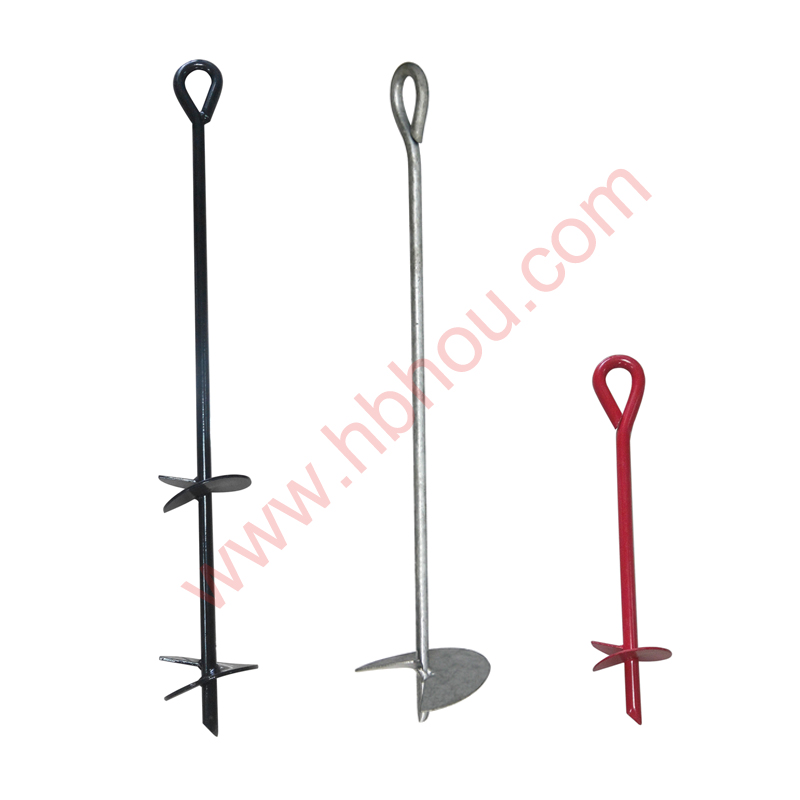The Importance of Stake and Plant Support in Gardening
Gardening is a rewarding hobby that connects us with nature, promoting relaxation and creativity. When it comes to growing healthy plants, particularly those that can grow tall or have vine-like growth habits, the importance of proper support cannot be understated. Stake and plant support play a critical role in ensuring the growth and stability of various plants, helping them thrive in their environments. This article will explore the reasons why plants need support, the different types of support available, and some tips for using them effectively.
Why Do Plants Need Support?
Plants, especially those with weak stems or climbing varieties, often need some form of support to grow healthily and effectively. Without support, these plants can struggle under their own weight, leading to stunted growth, broken stems, or even death. Some common reasons for providing support include
1. Stability Tall and heavy plants, such as sunflowers or tomatoes, can become top-heavy, especially when laden with fruits. Stake support prevents them from bending over or breaking, ensuring they grow upright and receive adequate sunlight.
2. Air Circulation Plants that are bushy or sprawling can obstruct air circulation around them. Good airflow is essential for preventing mold and mildew, particularly in humid climates. Supporting plants up off the ground or away from neighboring foliage improves their health and productivity.
3. Ease of Harvest For gardeners growing vegetables like peppers, cucumbers, or climbing beans, having plants supported can make harvesting more accessible. When plants are elevated, they are easier to see and pick without damaging other parts of the plant.
4. Lighting In shaded environments, supported plants may be more likely to receive adequate light. By guiding climbing plants to grow toward the sun, gardeners can ensure that each plant gets the light it needs to thrive.
Types of Plant Supports
There are various types of plant supports that gardeners can use, depending on the type of plant and its growth requirements
stake plant support

1. Stakes These are typically thin poles made of wood, metal, or plastic that are driven into the ground alongside the plant. They are particularly effective for supporting individual plants such as tomatoes or peppers. Tying the plant to the stake using soft ties or gardening twine can provide necessary support without damaging the stems.
2. Cages Plant cages, often made of wire, provide a surrounding structure that supports the plant from multiple sides. Tomato cages are a popular choice, allowing the plant to grow upward and outward while protecting it from bending or breaking.
3. Arbors and Trellises For climbing plants such as beans, peas, and certain types of roses, arbors and trellises offer a more decorative form of support. These structures not only provide physical support but can also enhance the visual appeal of a garden.
4. Netting Garden netting can be used effectively for supporting delicate plants or those that tend to sprawl. It keeps the plants contained while allowing them to grow upward.
Tips for Using Plant Supports Effectively
1. Assess Your Plants Early Before plants become too large or heavy, assess their growth habits and whether they will require support. Providing support early can prevent damage later on.
2. Choose the Right Support Consider the plant's size, weight, and growth habits when choosing support. Be sure the support is sturdy enough to handle the weight of the plant, especially as it matures and begins to bear fruit.
3. Secure Plants Gently When securing plants to stakes or cages, use soft ties that won’t cut into the stem. As plants grow, they may require adjustments to the ties to avoid constricting their growth.
4. Regular Maintenance Check the supports regularly to ensure they remain sturdy and effective if plants grow faster than expected or if weather conditions change.
In conclusion, providing adequate stake and plant support is essential for cultivating a thriving garden. It enhances the health of the plants, facilitates ease of use, and contributes to a beautiful landscape. By understanding the specific needs of your plants and implementing the right support strategies, you can enjoy a flourishing garden season after season.
















